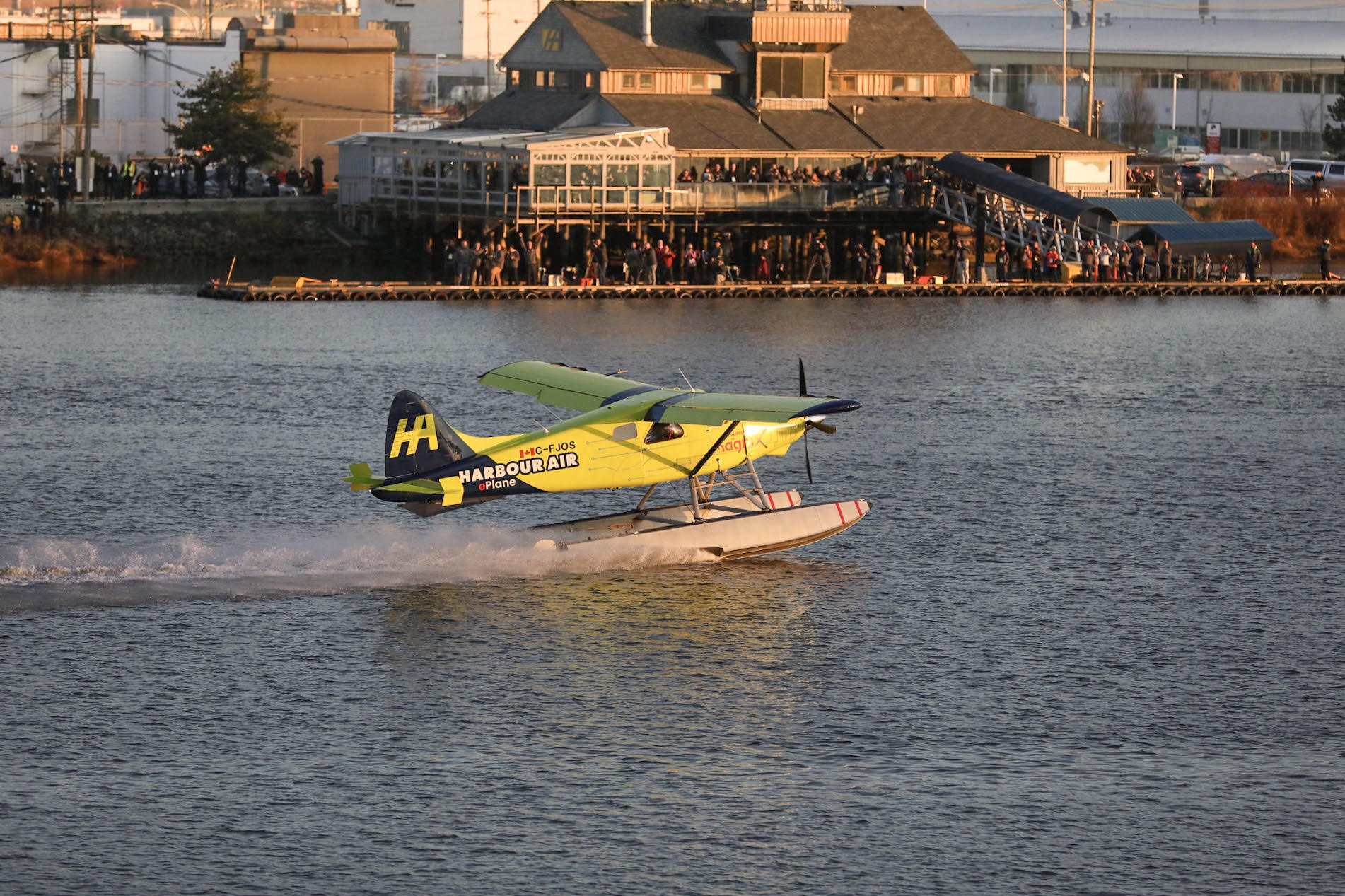Click Here to View This Page on Production Frontend
Click Here to Export Node Content
Click Here to View Printer-Friendly Version (Raw Backend)
Note: front-end display has links to styled print versions.
Content Node ID: 418977
Electric propulsion specialist MagniX says that flight testing of its eBeaver testbed aircraft has resulted in better-than-expected reductions in noise levels compared with the original DHC-2 Beaver utility aircraft. According to the company, during recent evaluations, the eBeaver generated noise levels that were between 16 to 22 dBA lower than those produced by the standard six-passenger Beaver across all phases of flight.
Significantly, at takeoff, the eBeaver recorded noise levels that were 20.8 dBA lower on average, with a peak reduction of 24 dBA. According to MagniX, this means that the converted aircraft has noise energy levels that are at least 100 times lower than those of existing Beavers when powered by one of its 750-hp Magni500 motors.
MagniX started flight testing the eBeaver in partnership with Canadian operator Harbour Air in December 2019. Neither company has confirmed how many flights or hours have been logged during the development program, which is expected to lead to certification of the electric propulsion system under FAA Part 33 rules in 2022.
The Washington-based company is also working to convert the Cessna Grand Caravan to electric propulsion. It intends to convert existing Beavers and Grand Caravans under supplemental type certificates.
“Intuitively, we knew electric-powered aircraft should be quieter than traditional powered aircraft, but these results highlight just how significant the difference is, which is pretty amazing,” said MagniX CEO Roei Ganzarski. “These results are great news for residential communities near airports. A significant overall reduction in aviation-related noise will allow more flexibility in terms of flight times and flight volumes, promoting greater flexibility, connection, and broader choice in smaller and regional airports.”
For the eBeaver conversion, MagniX has replaced the aircraft’s original engine with the added benefit of improving the aerodynamic profile of the nose section of the fuselage. The company says the resulting improvement in lift-to-drag ratio will deliver a 20 percent improvement in speed and with less power output. Gansarski said that this breakthrough may prompt MagniX to switch to a lower-power motor than the Magni500 that it is currently using.
MagniX also is providing the electric propulsion system for the Alice all-electric fixed-wing aircraft that is being developed by its sister company Eviation. A new prototype for the nine-passenger aircraft is expected to start test flights later this year.
The company has been focusing its efforts on providing electric propulsion for new and existing fixed-wing aircraft flying sectors of between 50 and 1,000 miles. According to Ganzarski, it is not seeking to provide propulsion for new eVTOL aircraft because it doesn’t see the strong commercial case for scaling down its Magni 250 and 500 motors, which offer continuous power of 280 and 560 kW, respectively. Many eVTOL aircraft designs require multiple electric motors, each with power of around 40 or 50 kW.
